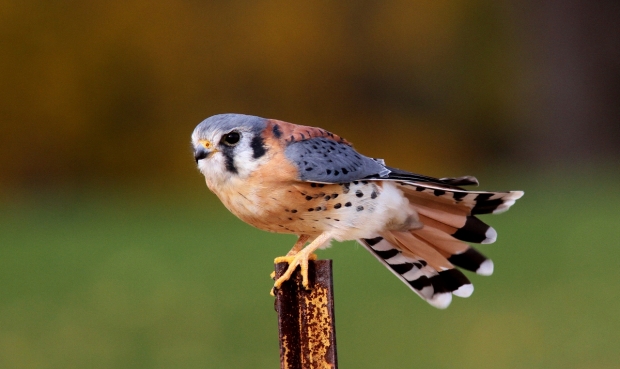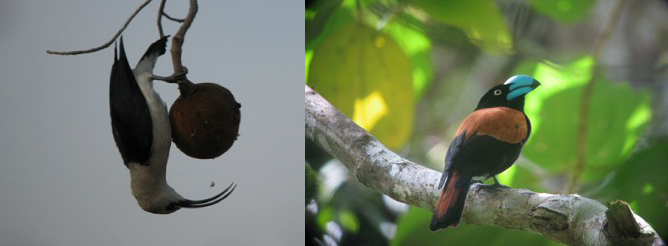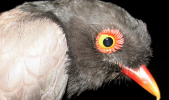
Josh Engel
Adaptation can refer to both a particular trait of an organism that evolved via selection and the evolutionary process that led to the trait. Just as in almost any group of extant organisms, the adaptations in birds are virtually innumerable and spectacular in variety. From the beak of a Sword-billed Hummingbird (Ensifera ensifera)—which is longer than its body—to the extraordinary enamel-like head plumes of a male King of Saxony Bird-of-paradise (Pteridophora alberti), avian adaptations can reach surprising extremes. These and all other adaptations are the result of natural selection, sexual selection (a "special case" of natural selection), or both. When we examine the wide range of bill shapes and sizes, which are adapted to feed on a wide variety of food sources, these are generally the result of "standard" natural selection. Sexual selection, on the other hand, explains phenomena such as the strong sexual dimorphism seen in many species, often in which males sport technicolor plumages or extravagant feather modifications.
Perhaps the best-known examples of adaptation in action are the Darwin’s finches of the Galápagos. The ancestor of Darwin’s finches colonized the Galápagos approximately 2–3 million years ago. Since then, the finches have evolved into 14 species, each of which is adapted to a specific feeding strategy. Some finches have warbler-like bills and specialize on eating insects, while others differ in the size of their finch-like bills, which allow them to specialize on different-sized seeds. This assemblage of species that share a common ancestor but have adapted to different feeding niches is called an adaptive radiation. Although Darwin’s finches are perhaps the best-known adaptive radiation, there are many other examples in birds. The two most spectacular adaptive radiations are the Hawaiian honeycreepers and the vangas of Madagascar. Each of these radiations comprise many more species than Darwin’s finches and exhibit a much wider array of feeding strategies, showcasing the amazing diversity of life that adaptation can produce under the right conditions.

The vangas--found only in Madagascar--provide a classic example of an adaptive radiation; indeed both of these species are named for their bills. At left is a Sickle-billed Vanga (Falculia palliata), on the right is Helmet Vanga (Euryceros prevostii). Photos by Josh Engel.







